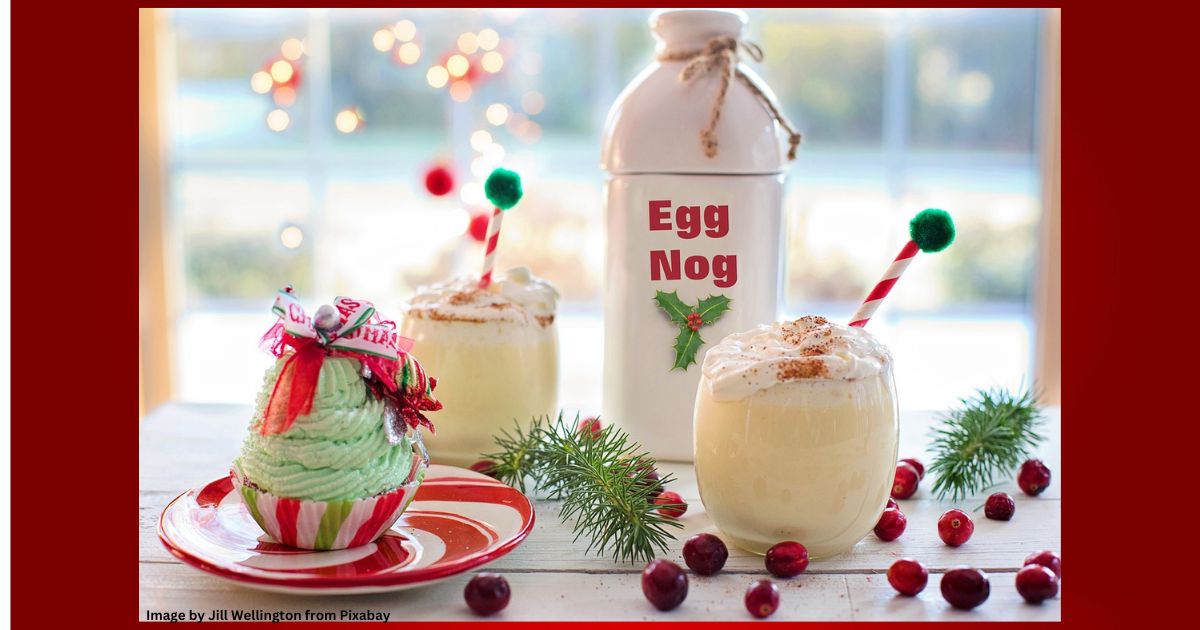Eggnog is a rich, creamy beverage traditionally associated with holiday celebrations. Its history spans centuries, evolving from a drink consumed by the elite in Europe to a festive staple enjoyed worldwide.
Origins in Medieval Europe
Eggnog traces its roots to “posset,” a medieval European drink made of hot milk, eggs, and ale or wine, often sweetened and spiced. Posset was not only consumed as a remedy for colds but also enjoyed as a luxurious drink at social gatherings. By the 17th century, milk and eggs became scarce and expensive, making posset a beverage primarily for the wealthy.
Over time, the recipe evolved. Brandy or sherry replaced ale and wine as the preferred alcoholic additions. The inclusion of these spirits helped preserve the dairy and eggs, especially in the absence of refrigeration.
Introduction to the Americas
In the 18th century, eggnog gained popularity in the American colonies, where milk and eggs were more abundant. Colonists adapted the recipe, using rum imported from the Caribbean as a substitute for the heavily taxed European brandy and sherry. The affordability of rum made eggnog more accessible, and it became a celebratory drink for gatherings, particularly during the winter months.
Association with Christmas
Eggnog’s connection to Christmas likely arises from its use in toasts during holiday feasts. Its rich and indulgent ingredients made it a symbol of festive abundance and cheer. By the 19th century, eggnog was firmly established as a Christmas tradition in the United States, often served at parties and family gatherings.
Modern Eggnog
Today, eggnog can be enjoyed with or without alcohol and is often flavored with nutmeg, cinnamon, or vanilla. While store-bought versions are widely available, homemade recipes remain popular. Whether served warm or chilled, eggnog continues to embody the warmth and indulgence of the holiday season.




















